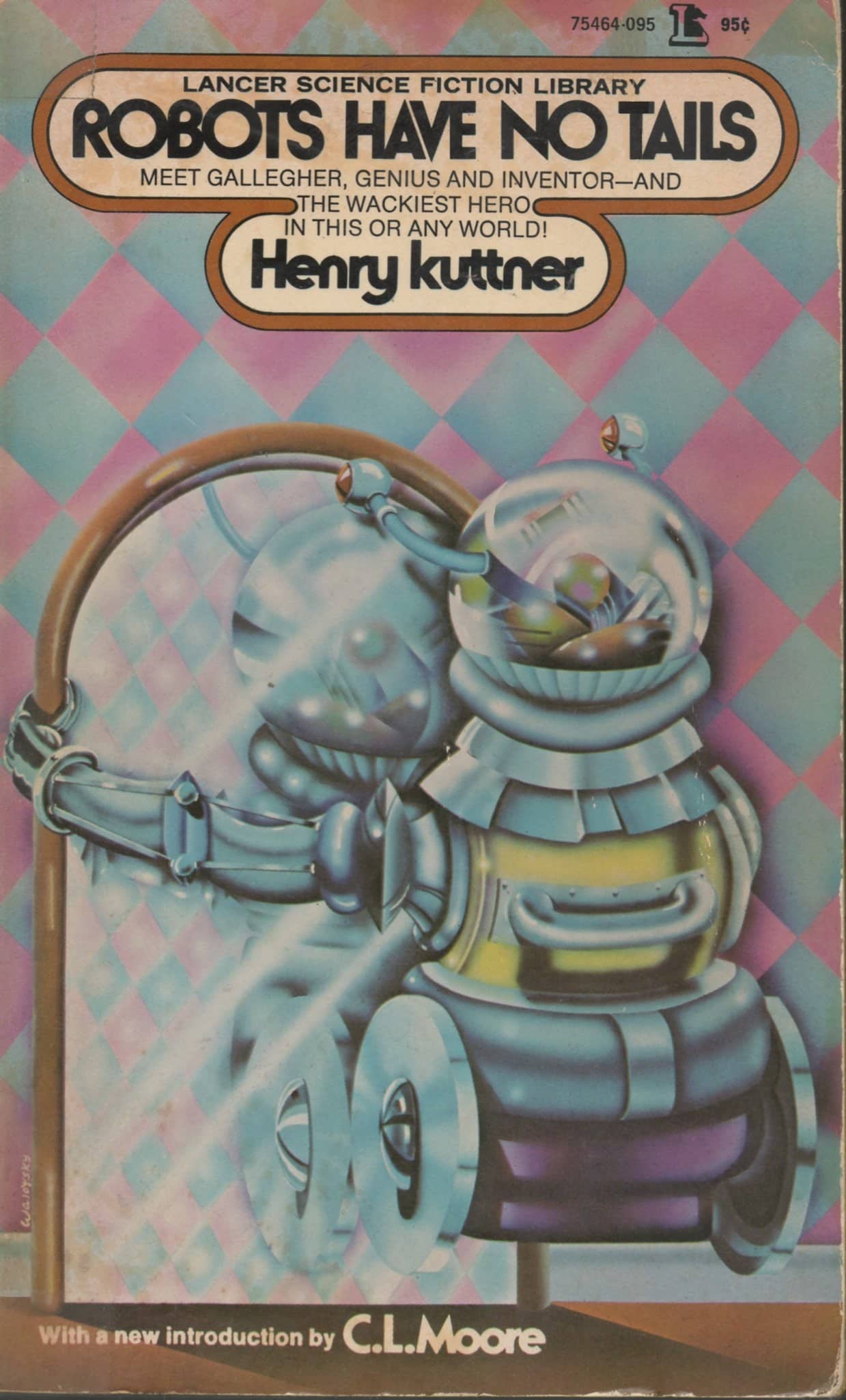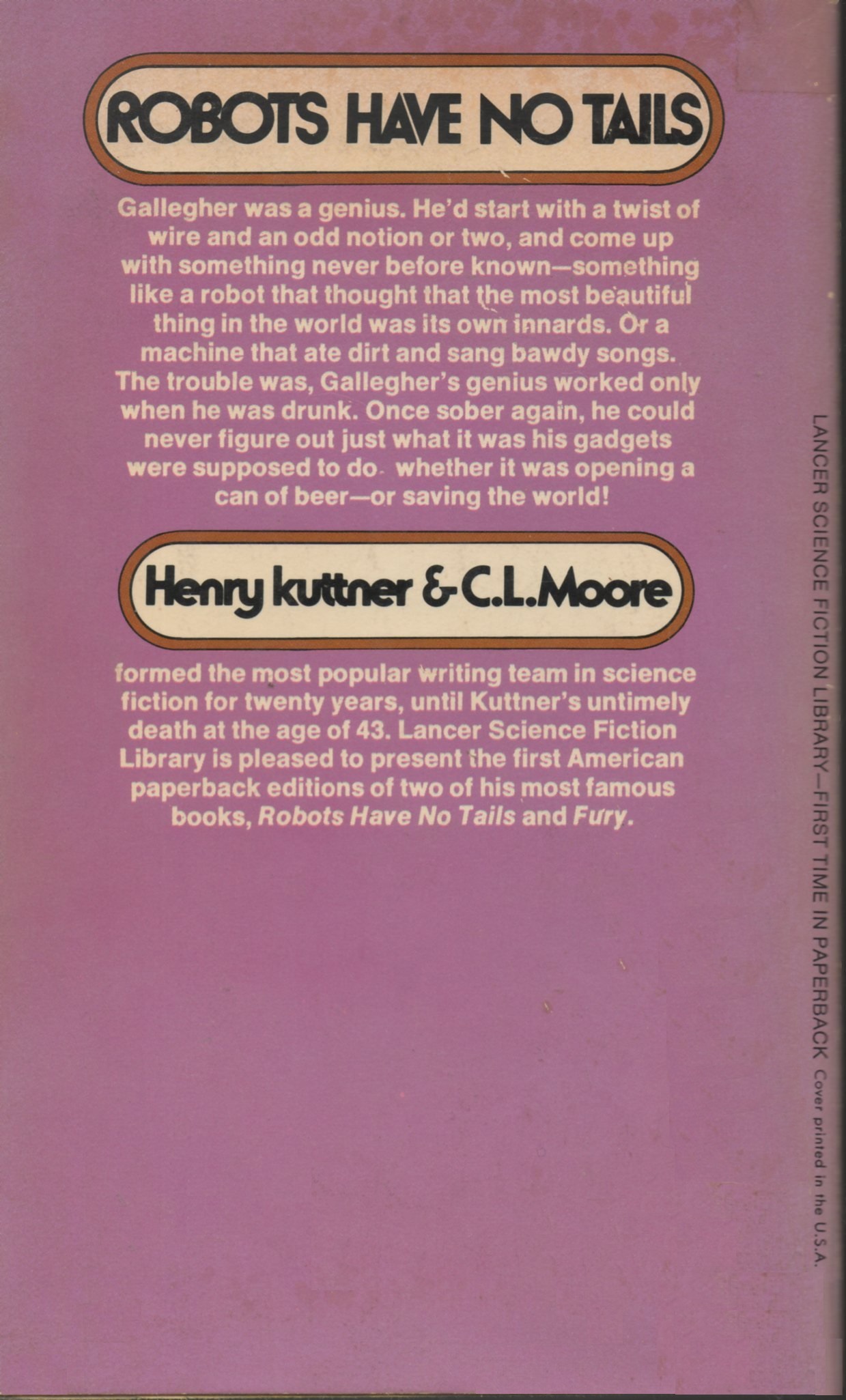Vintage Treasures: Manifest Destiny by Barry B. Longyear
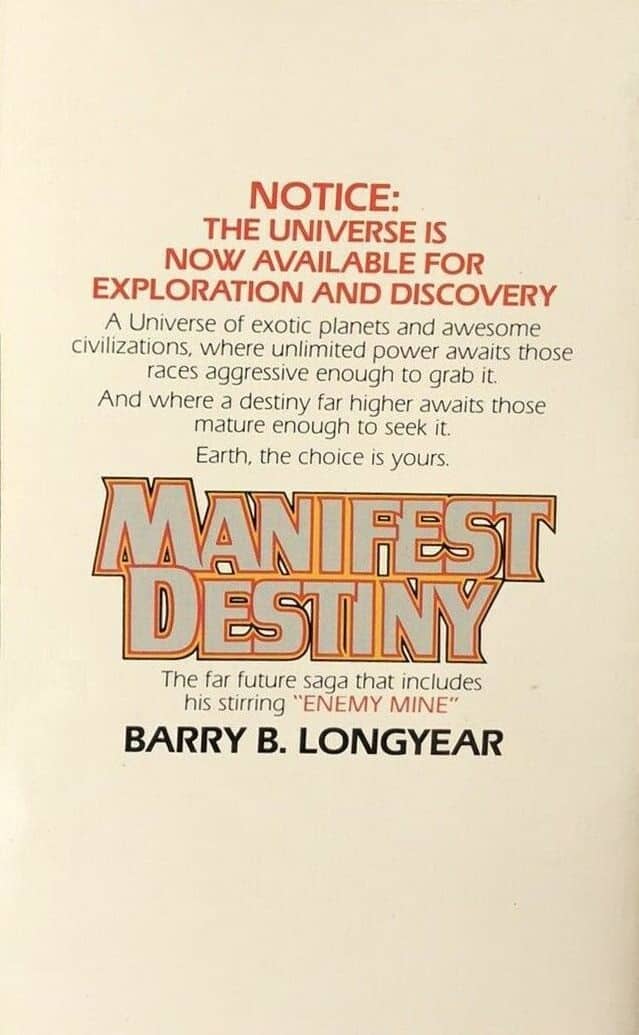 |
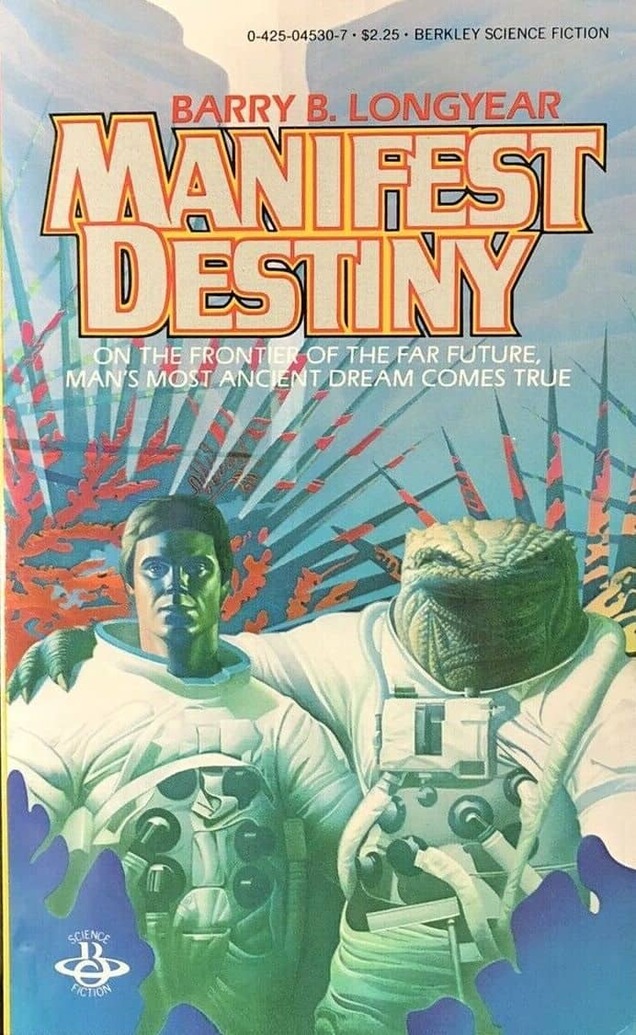 |
Manifest Destiny (Berkley Books, 1980). Cover by John Rush
I started buying science fiction magazines in 1977, after learning such things existed in the pages of paperback anthologies edited by my new favorite author, Isaac Asimov. I pedaled my bike off Rockcliffe air base in Ottawa in search of a corner store, and found one with a well stocked magazine rack. Hiding behind Better Homes and Gardens and the latest issue of Newsweek I found a row of compact marvels with colorful covers depicting spaceships and far planets. They included Analog, The Magazine of Fantasy and Science Fiction, Amazing, and the second issue of Asimov’s very own magazine, Isaac Asimov’s Science Fiction Magazine.
I still recall that bike ride home, clutching Asimov’s and Analog in one hand, and staying up late to read them. It was a good time to discover SF magazines. A lot of new writers were exploding on the scene. One of the biggest was Barry B. Longyear, who published his first story in Asimov’s in 1978, and in 1980 became the first person to win the Hugo, Nebula, and John W. Campbell Award for Best New Writer in the same year.
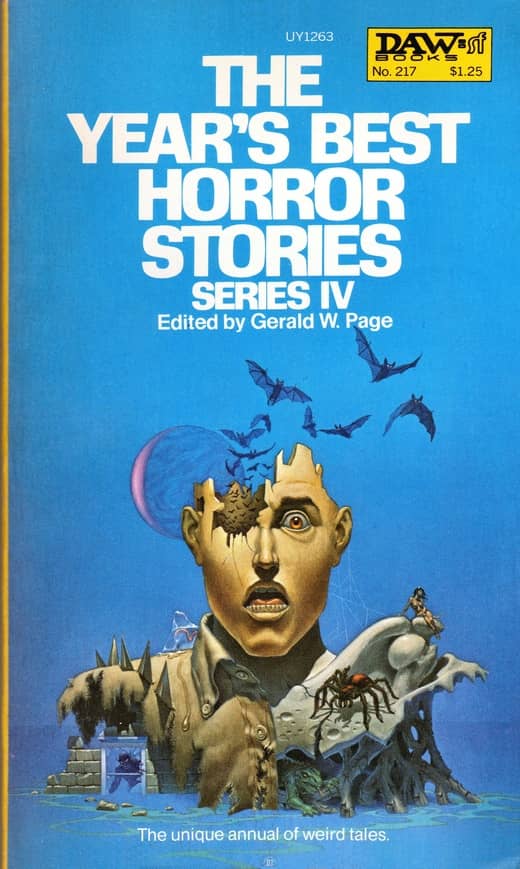
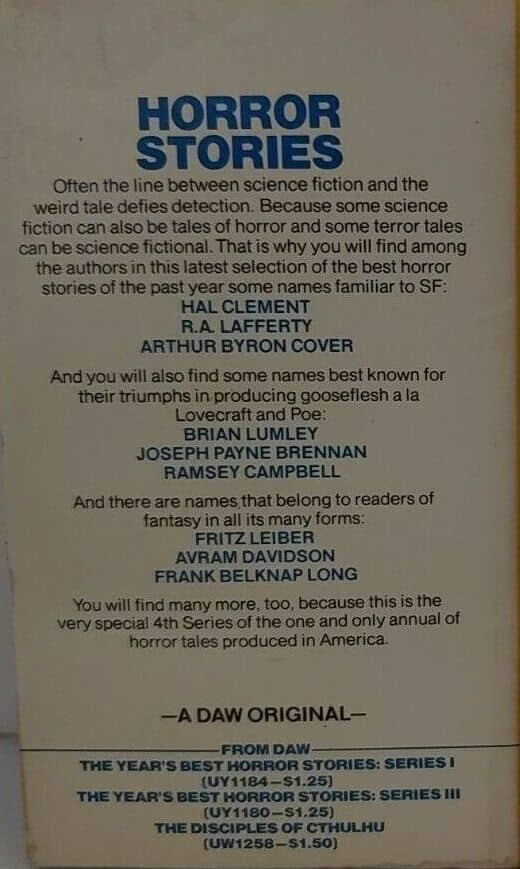
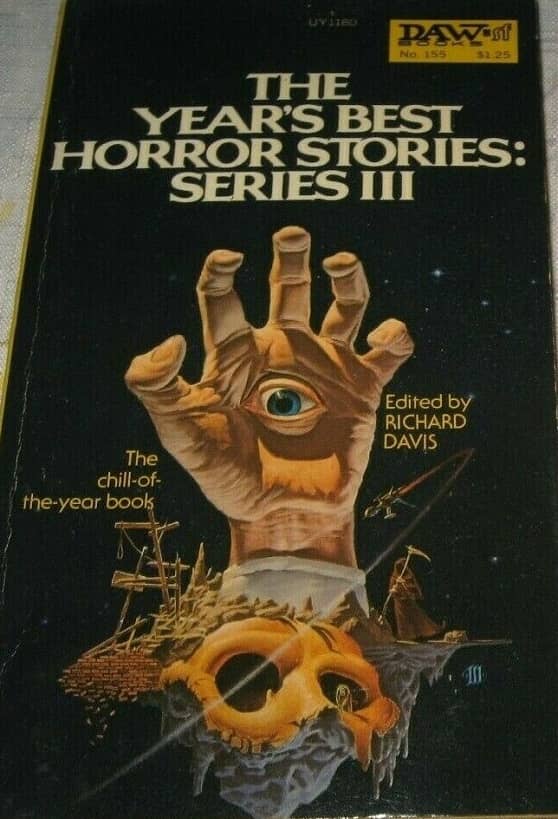
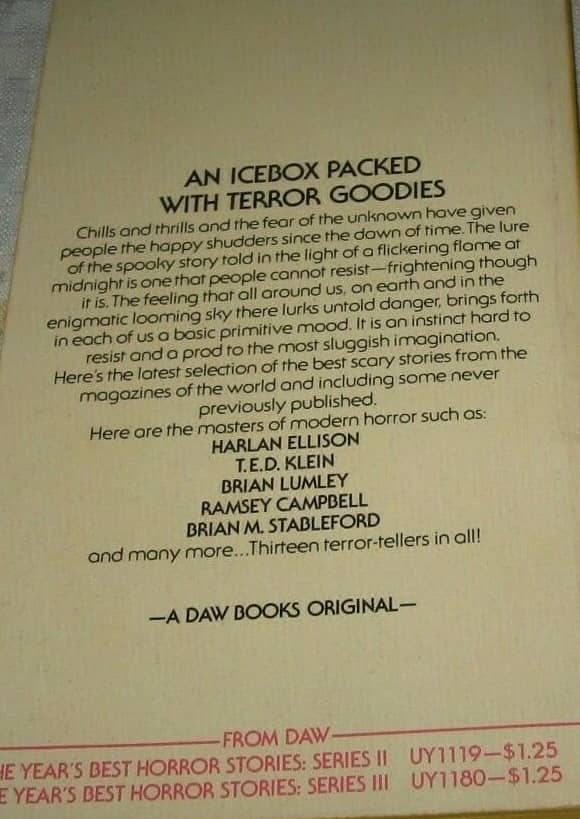
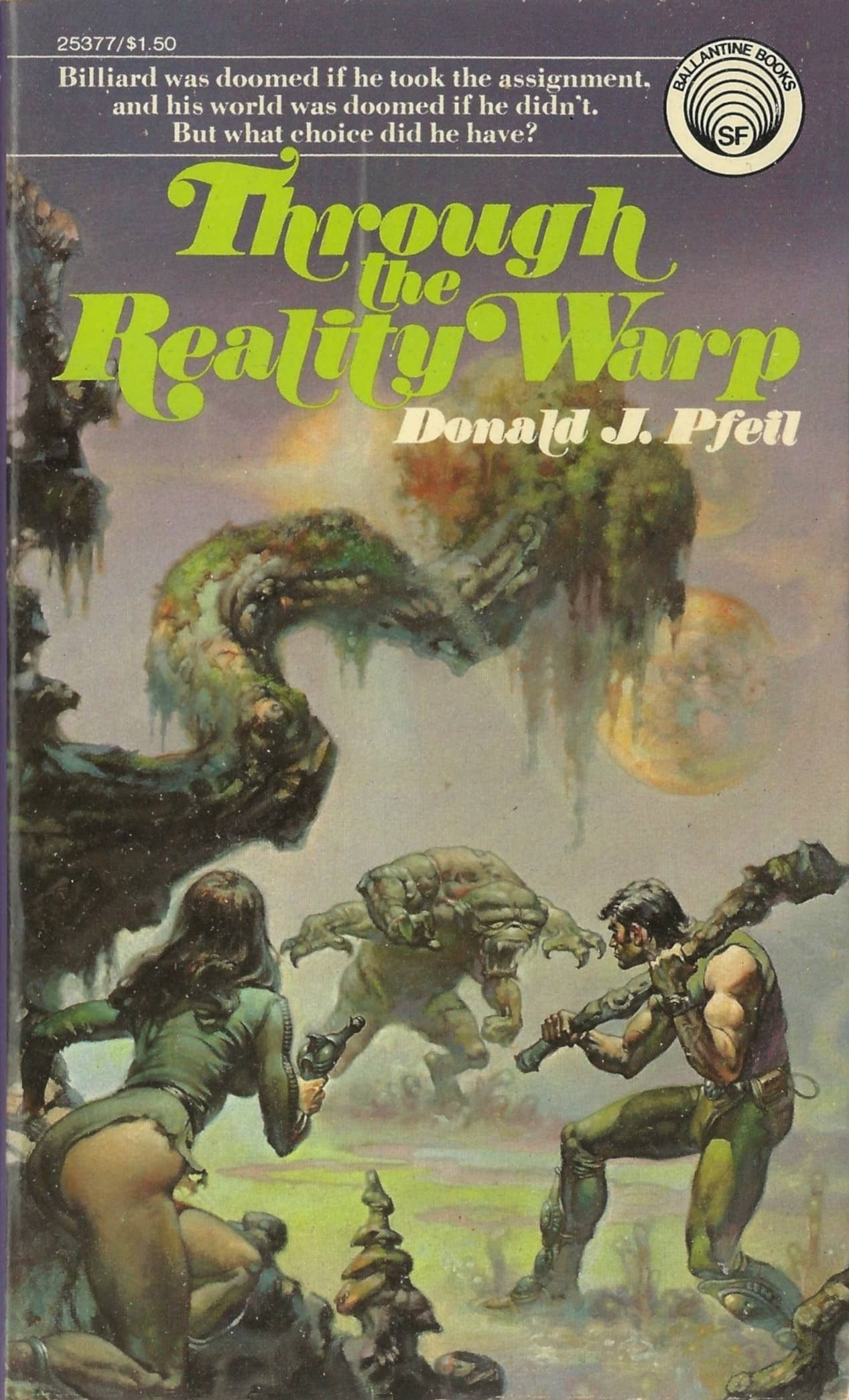
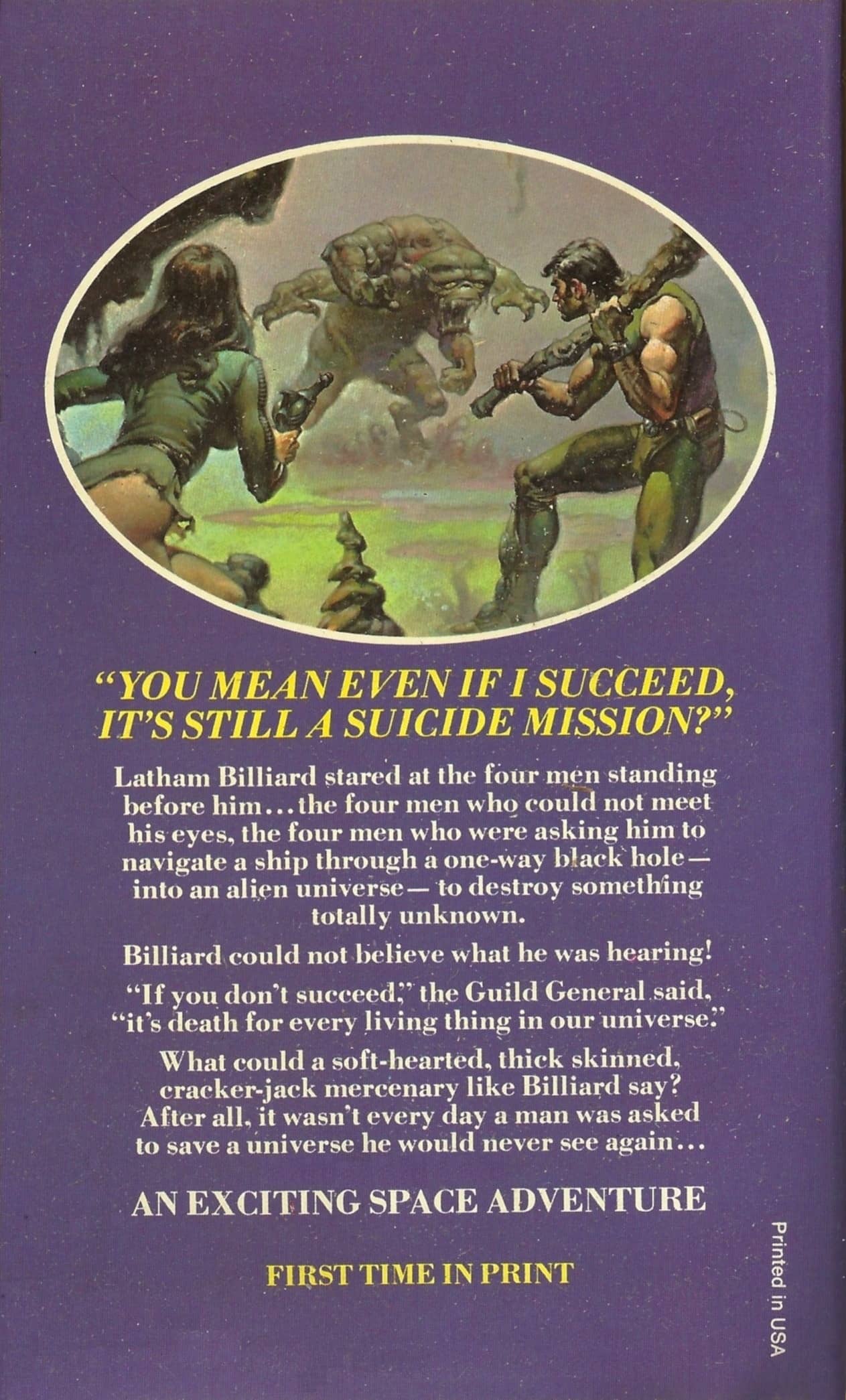

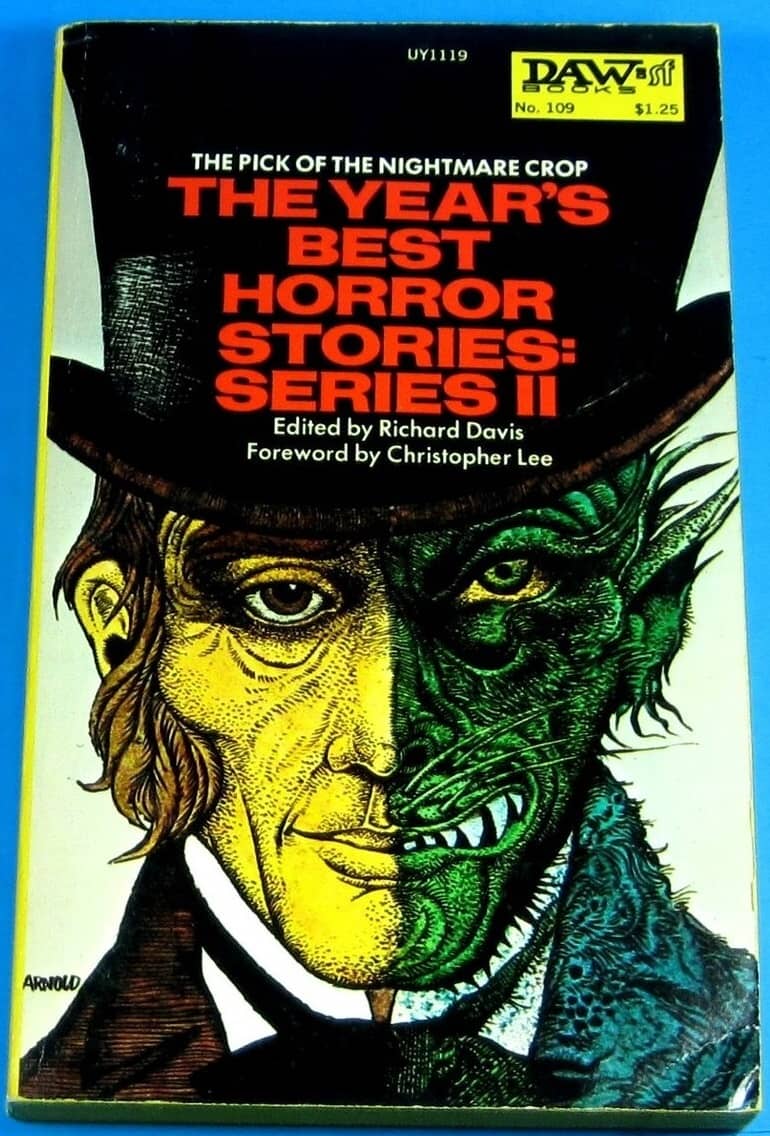
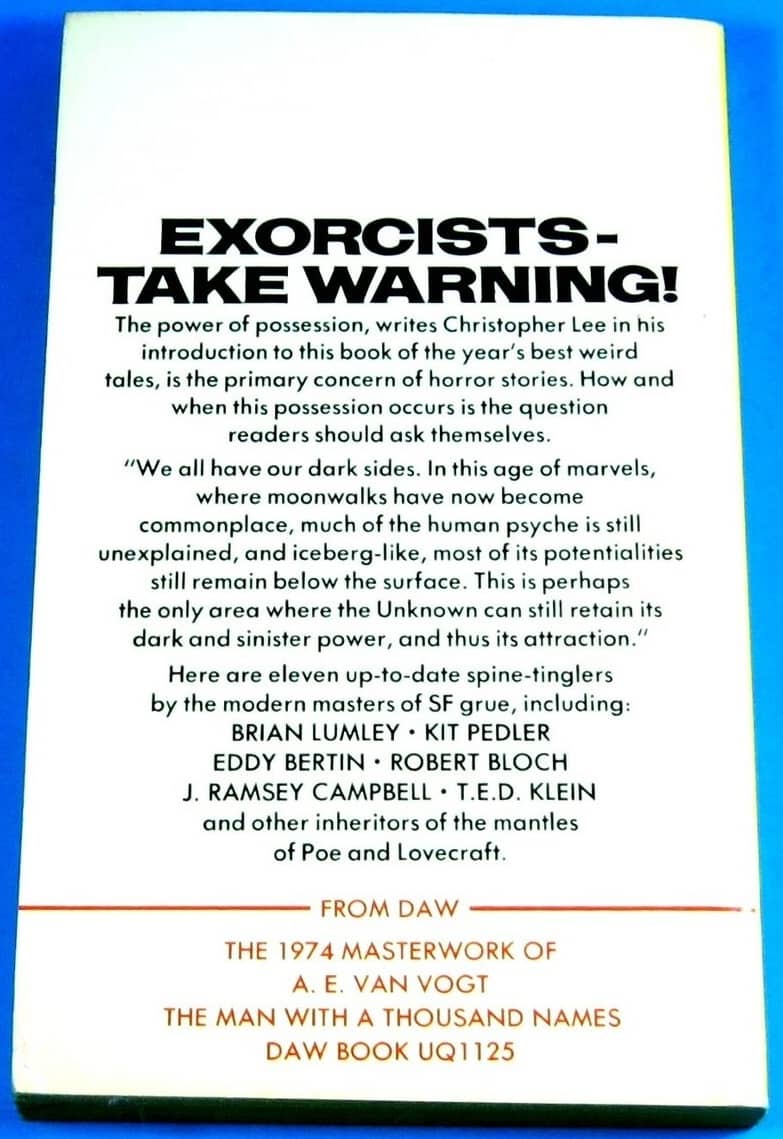
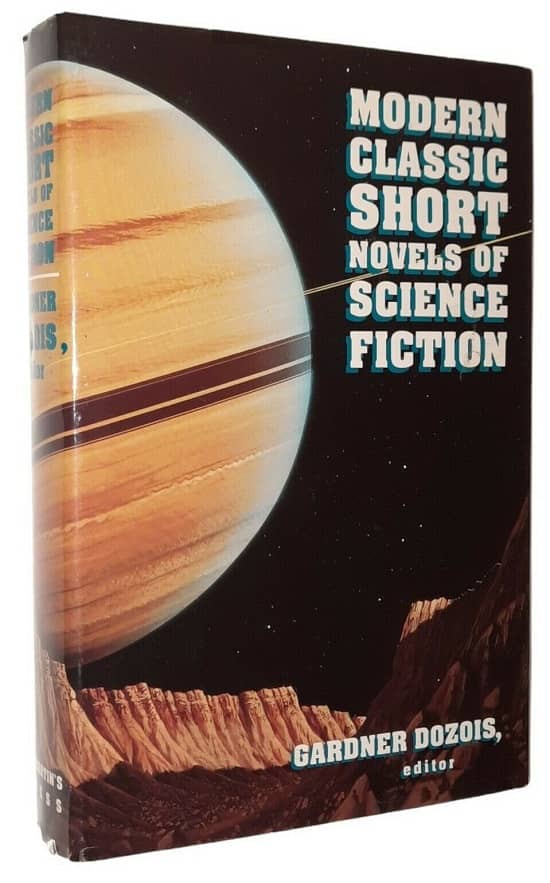
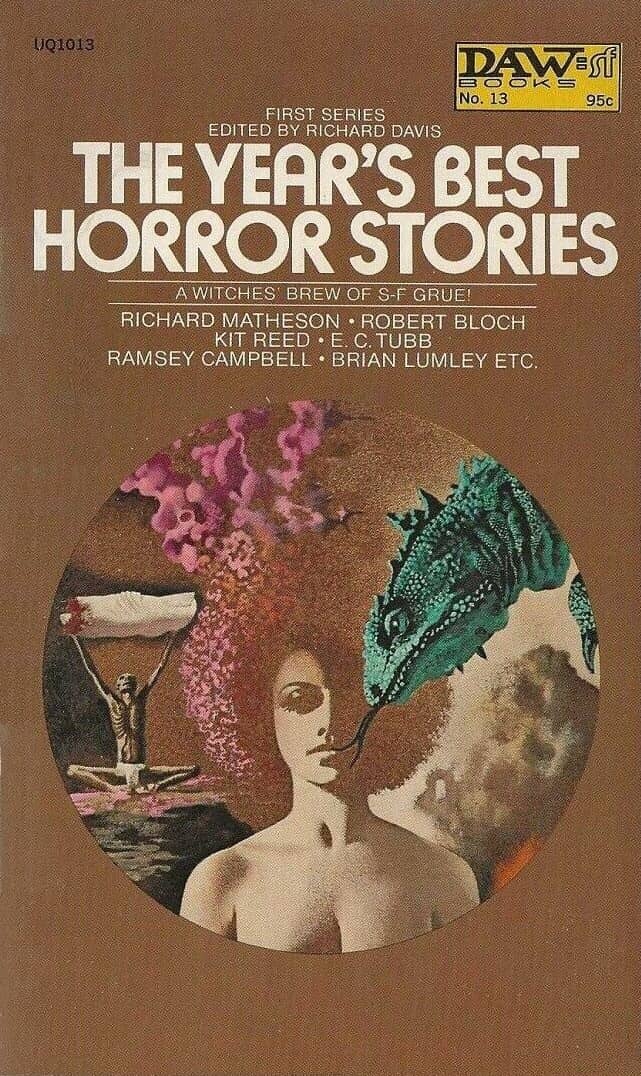
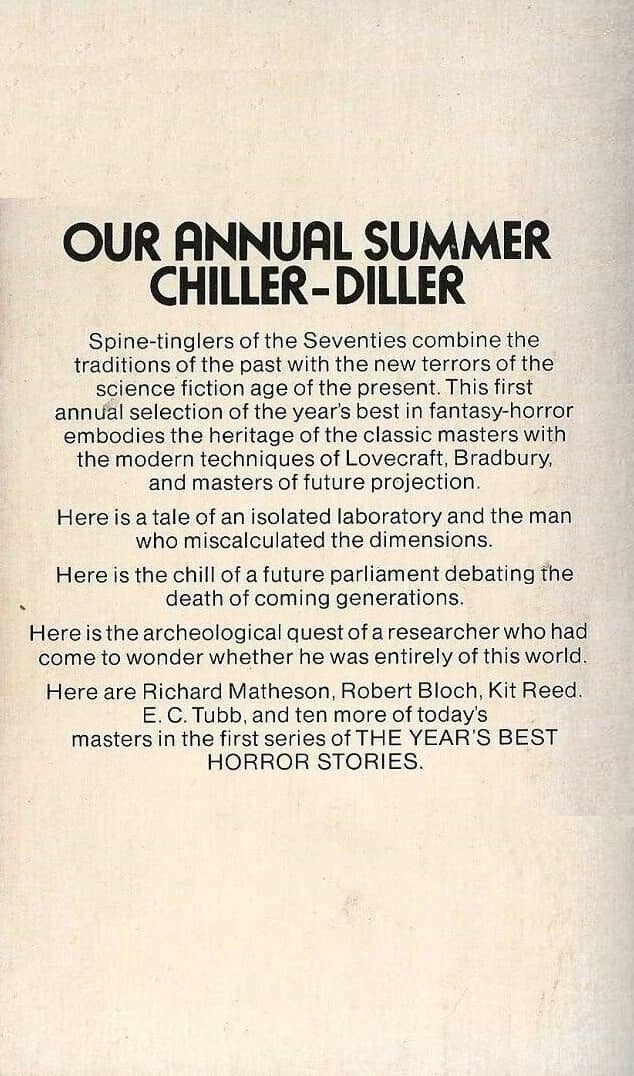
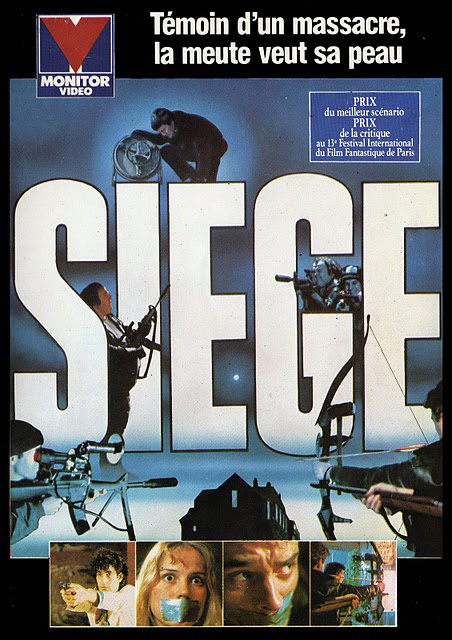 You ever watch one of the long video game cutscenes that passes for movies these days and think “I kinda miss old, raw-looking films, like early Romero and Carpenter. Something that had teeth. Heart. Balls. They don’t make ’em like that anymore.”
You ever watch one of the long video game cutscenes that passes for movies these days and think “I kinda miss old, raw-looking films, like early Romero and Carpenter. Something that had teeth. Heart. Balls. They don’t make ’em like that anymore.”